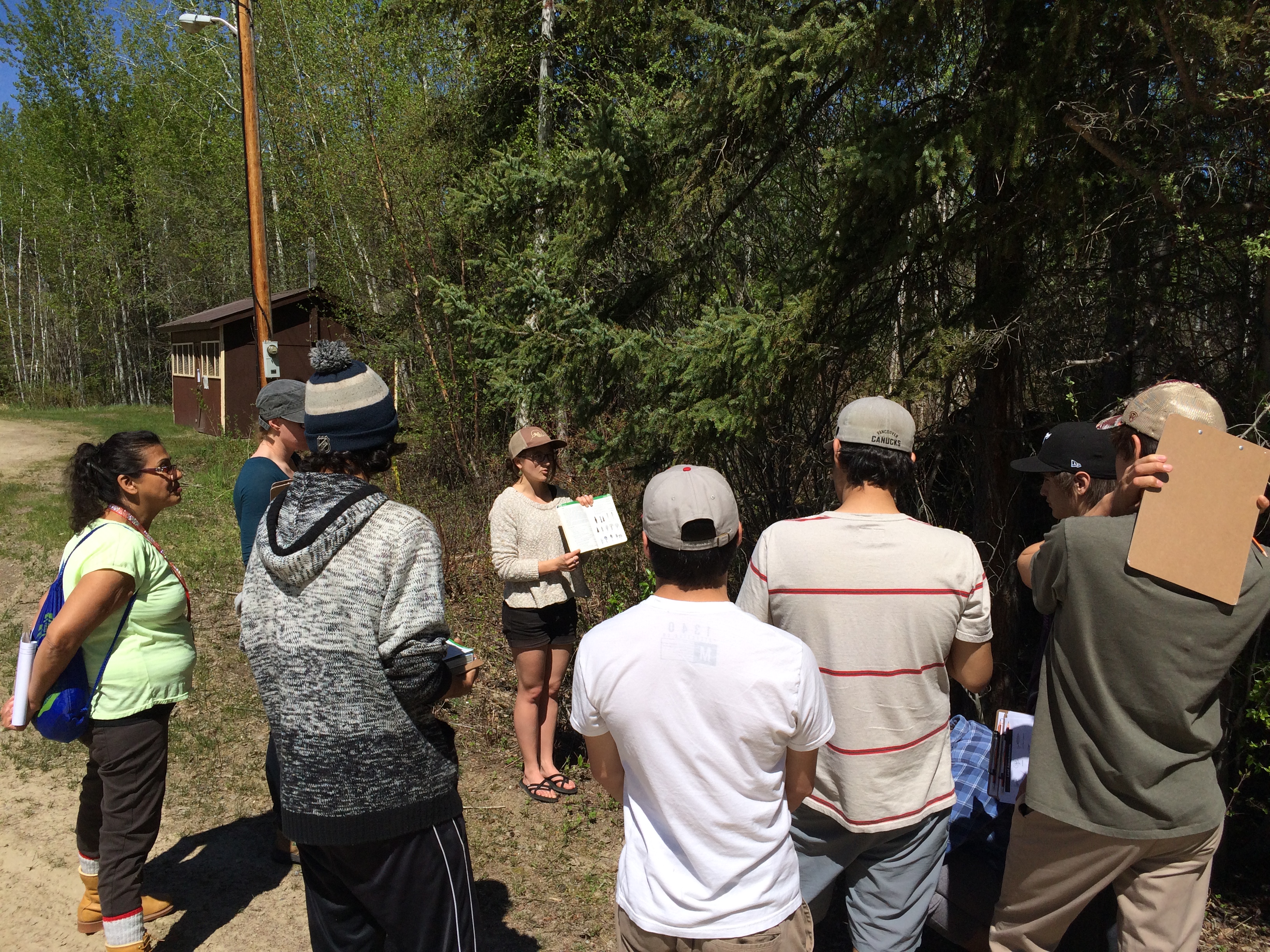Research
Gender, Diversity and Inclusion in Sustainability Research and Practice
Social Dimensions of Climate Hazards: Adapting to Wildfire and Flood in Saskatchewan’s Farm, Forestry, and First Nations Communities
Our research examines the social dimensions of the two most common climate hazards facing Saskatchewan and Canada's rural communities: wildfires and flooding. Our purpose is to investigate intersecting social dimensions of adaptation to climate hazards and to contribute to socially inclusive climate adaptation policies. The objectives are to:
- develop a framework that draws attention to intersecting social dimensions of gender, culture, racialization/ethnicity, age, socio-economic class, and place to understand if and how social location affects climate change adaptation;
- apply the framework to explain and address social inequalities, within and between diverse rural communities, that may affect their experiences of and adaptation to multiple climate hazards;
- apply and assess the efficacy of two participatory research tools (i.e., PhotoVoice; participatory GIS for hazard and asset mapping) for contributing to socially inclusive adaptation planning in diverse rural communities;
- provide concrete recommendations to policy-makers for creating socially inclusive climate adaptation policies and practices at local, provincial, and federal levels; and,
- contribute usable theory that links social dimensions of climate change with sustainable adaptation to improve understanding of, and action towards, social sustainability.
The principal investigator for this project is Dr. Amber Fletcher at the University of Regina. Students (Angela Culham, Heidi Walker, Holly Campbell. Tina Elliott and Michaela Sidloski), faculty (Amber Fletcher, Maureen Reed, Toddi Steelman, Mark Johnston, Polo Diaz, Elaine Wheeton, Margot Hurlbert) and a post-doctoral fellow (Nancy Sah) have been working in near La Ronge, Maple Creek, Canoe Lake and Ochapowace First Nation.
Maureen Reed, Heidi Walker, Holly Campbell(PhD students), Michaela Sidloski, Tina Elliott (MES students) are working on this project from the University of Saskatchewan.
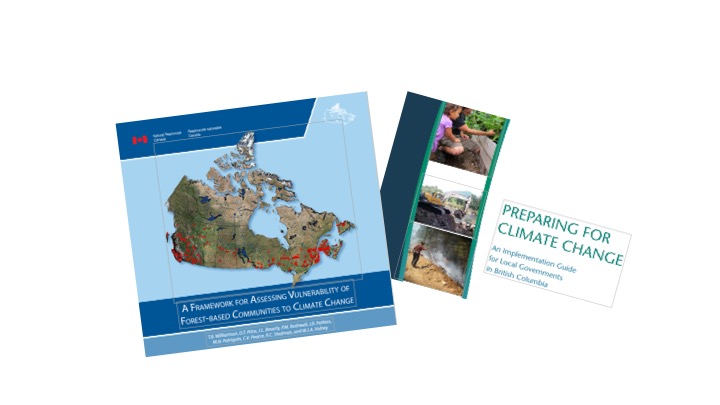
As climate change proceeds, agricultural and forestry communities in the Canadian prairie provinces – a region with one of the world's most variable climates -- will be tested by more frequent, extreme, and rapidly fluctuating climate hazards. To date, climate change research has focused primarily on technical solutions and physical infrastructure; less is known about how social infrastructure and relations affect the capacity of rural communities to adapt to climate change. Communities and policy-makers need usable knowledge to create adaptation policies that are socially equitable and culturally appropriate.
Practices of Governance for Environmental and Social Sustainability
Biosphere Reserves/Regions
Co-building sustainability and reconciliation – A Connection event in Canada
From June 19-June 22, 2017, biosphere reserve practitioners from across Canada met with their Indigenous partners, academics, and governing representatives to better understand what reconciliation with Indigenous peoples might mean and how they could engage in activities of reconciliation.This is a priority for biosphere reserves that serve as model regions for sustainable development and bicultural diversity.
During the meetings, there was lots of meaningful discussion, quiet reflection, good food and fellowship, and some lighter moments demonstrating our friendship and commitment to one another. We also discussed how to conduct research in a way that is meaningful and effective for community and academic partners. Results of this conference, including a plan for action, will be available in a formal report in August 2017. This video was taken at the end of the first day.
We thank the Social Science and Humanities Research Council and other partners for financial and logistical support for this event.
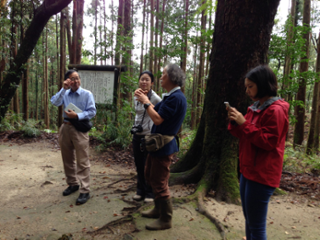
Biosphere Reserve, Japan
What are Biosphere Reserves?
Biosphere reserves are organizations designated under the Man and Biosphere (MAB) Program of UNESCO. They are dedicated to being model regions for sustainable development and seek to engage local citizens and scientists in new approaches to sustainability practice and sustainability science. In 2016, the World Network of Biosphere Reserves adopted a new strategic plan dedicating biosphere reserves to supporting international protocols and initiatives such as the Convention on Biological Diversity and the Sustainable Development Goals. In Canada, these organizations are now called biosphere regions.
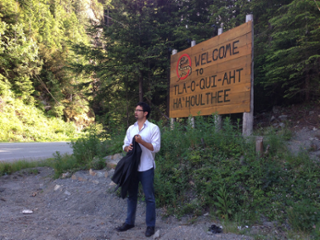
including Indigenous peoples and knowledge in the
establishment and management of UNESCO Biosphere
Reserves, Clayoquot Sound, British Columbia, Canada
Canada has 18 biosphere reserves. Each is a community-based organization working with citizens, scientists, governments, First Nations, and the private sector on diverse conservation and sustainability issues. Maureen and students have studied the governance structures of biosphere reserves and have worked to strengthen the capacity of biosphere reserve organizations through social learning and networking strategies. Maureen has also conducted research to explain how biosphere regions exemplify key aspects of transdisciplinary sustainability science.
Models of Forestry Governance
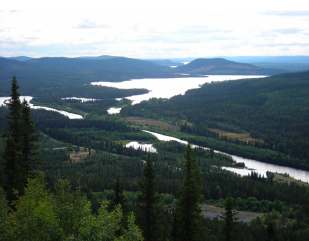
How do local communities get involved in decisions about how public forests get managed in Canada? Since more than 90% of Canada’s land base is publicly owned, it’s important to ask what roles the public can and should play in determining the how this important public resource is managed. Additionally, Canada has committed itself to “sustainable forest management” – a concept that includes responsibilities for supporting fair and equitable decision-making processes.
We study different models of public involvement in forestry including Model Forests, community forests, and public advisory committees about forestry.
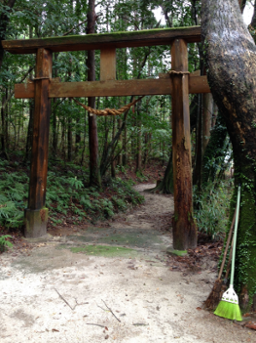
Biosphere Reserve and a World Heritage Site
Check out the work of John Boakye-Danquah, Bimala Khanal, Sarah Welter and Dr. Felicitas Egunyu.
Resilience for Environmental and Social Sustainability
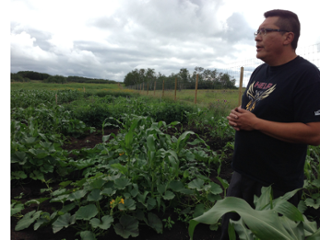
garden at Beardy’s and Okemasis First Nation, Saskatchewan Canada
Climate change. Social change. Political and economic change. These changes face rural communities and resource sectors across Canada. Communities and agencies are expected to demonstrate their resilience in the face of such changes. How can we build adaptive capacity in ways that are respectful and constructive? Can we harness scientific, local and Indigenous knowledge to encourage “sustainable and equitable” adaptation?
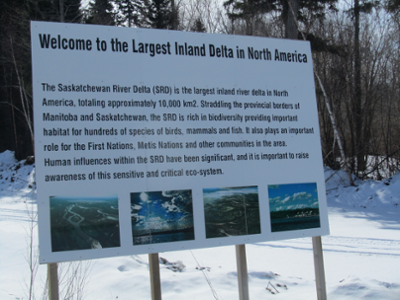
Students working in agencies and communities across Saskatchewan and Canada are addressing these broad questions. In Cumberland House, we are contributing to a large-scale project examining the effects of long-term fluctuations in the water levels of the Saskatchewan River Delta for the wildlife, hydrology and livelihoods of residents living in Cumberland House.
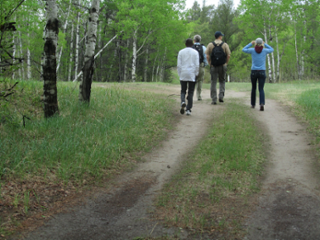
and Okemasis First Nation, Saskatchewan Canada
In Beardys and Okemasis First Nation, we have examined how a First Nations community is planning for rapid environmental change – in this case, forest fires – in ways that account for cultural values and local knowledge. This is part of a pilot study that we hope to expand to consider, more broadly, the social dimensions of climate change. We are also expanding our view of resilience, examining at a national level, how forest fire agencies across the country are interpreting new demands for fire protection and management, and their readiness to meet those demands.
For more on these projects, see work by Sandra Betancur and Razak Abu.
Environmental and social risk assessment to support informed collaborative decision making for vegetation management of northern Rights-of-Way
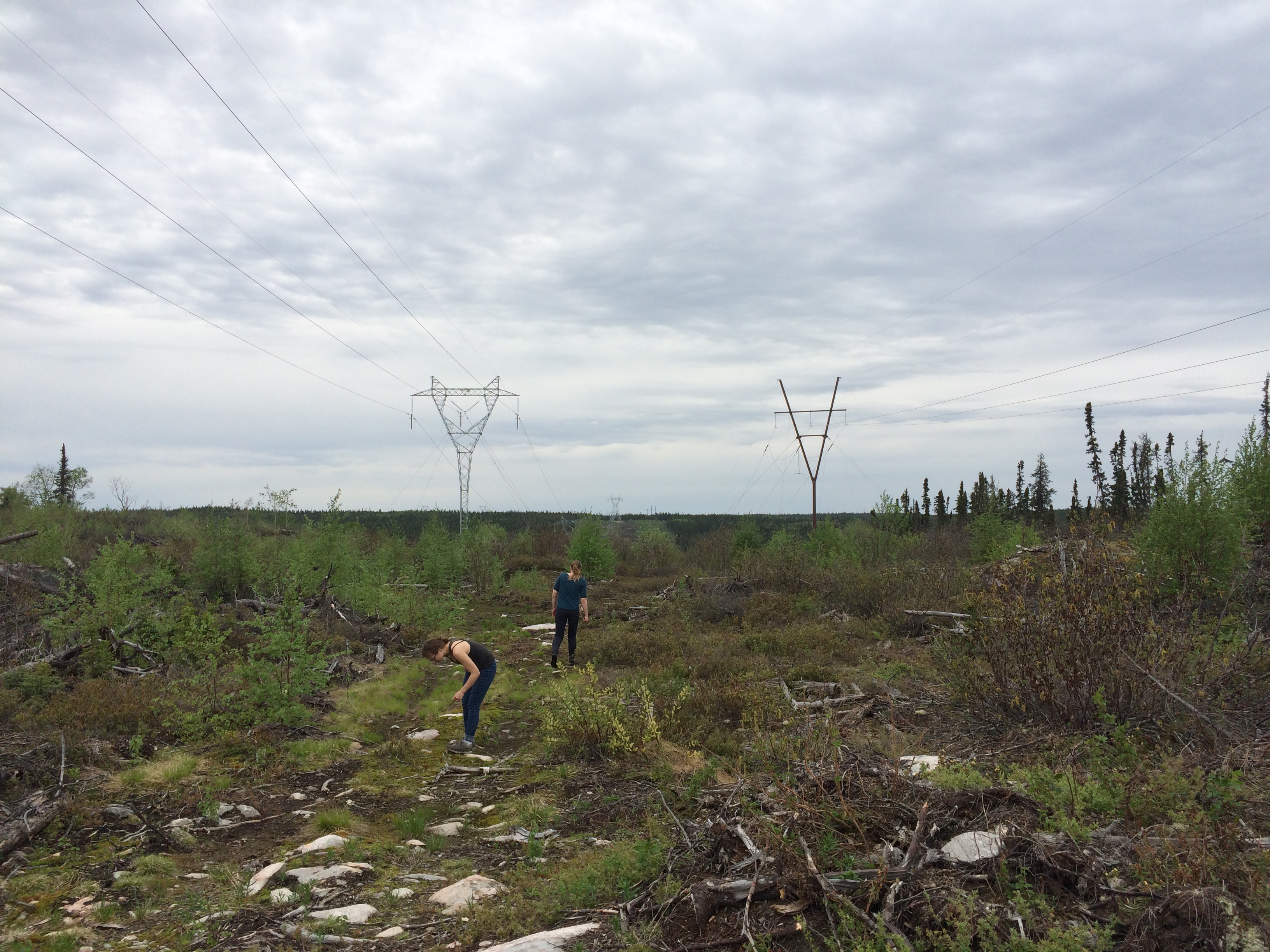
Limiting the growth of tall trees under power lines is essential for preventing power outages and wildfires caused by contact with the lines. Managing vegetation along power line rights-of-way (ROW) is particularly challenging in remote boreal forests across northern Canada. Integrated vegetation management (IVM) has the potential to increase the efficiency and lower the cost of ROW maintenance, reduce associated environmental impacts, and meet other ecological and socioeconomic objectives. However, the use of herbicides, an integral aspect of many IVM plans, is raising concerns from local stakeholders and Indigenous communities, especially where traditional land use activities may occur along power lines.
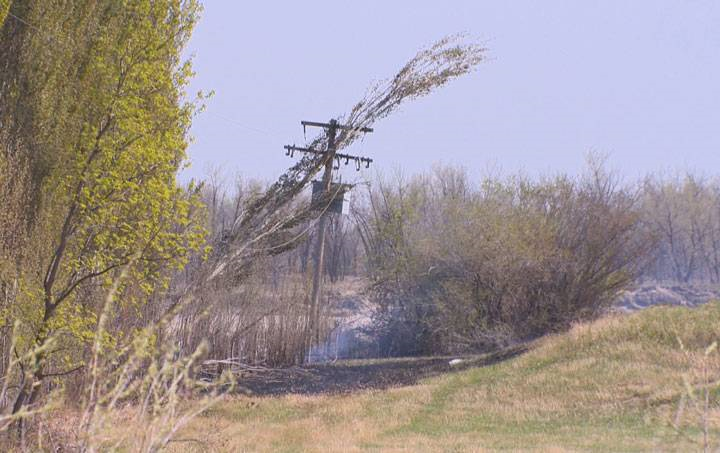
These concerns are resulting in i) a need to better determine the efficacy, persistence and toxicity of herbicides used on ROWs in northern boreal ecosystems and ii) improved community engagement for environmental decision-making that can support co-management of ROW vegetation. Hence, this study is seeking to address questions about herbicide toxicity raised by community members of Lac La Ronge and to help Crown Corporations and government agencies identify meaningful engagement strategies with Indigenous and local communities to support collaborative decision making.
